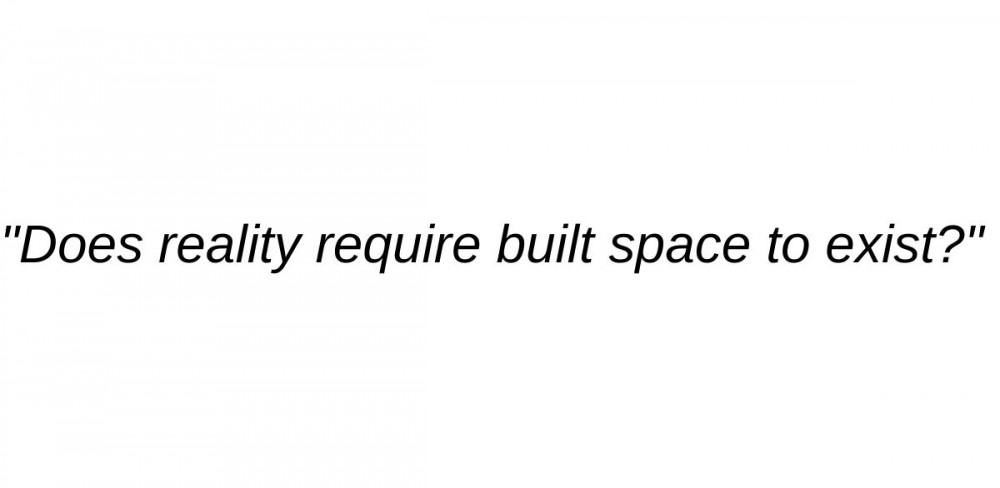Project competition for the concept and realization of the Austrian contribution to the 17th International Architecture Exhibition La Biennale di Venezia 2020
Collaboration // Soonar (visualization)
Today, we exist in different realities that impact us in various ways. Architecture is no longer only experienced in a tangible, physical way, but also in a virtual form. We now have the choice of selecting the reality we prefer to receive information from.
The pavilion itself can be experienced, and its materiality and shape demonstrates the country's exceptional architecture. However, the experience of this space is different. The two realities being compared, do not complement but coexist with each other. A virtual exhibition can never replace a real one, just like how a chat cannot replace a personal conversation. The advantages of virtual reality are so compelling that it's hard to imagine living without them. The virtual world is accessible to anyone, anywhere, and it's typically free and available 24/7. However it can never be as thrilling as experiencing the original itself since it does not appeal to all human senses. This is the reason why real-material places should exist. The Internet has become a significant part of our daily lives, but people tend to ignore it because it is not tangible. It cannot be touched, attacked or understood. Does a reality need built space to exist? The container theory of space is not tangible in the virtual world, which gives rise to communication structures that offer a new perspective on spatial distances and realities. Spatial terminology is often used when discussing the Internet. In addition to the cyber "space", there are market- "places", chat- "rooms", a sea of data "cafes", online "forums" and links on the data "highway". You go through "portals" into certain "rooms". The virtual world is often presented as a virtual “space” that differs from real-material space in the way information is conveyed, but which gives the user the same feeling of localization and orientation through recognizable patterns, boundaries and structures. The more we can locate ourselves on the web, the more we perceive it as real. Our design task is to bring the virtual dimension closer to our haptic sense and make it spatially tangible. In this way, the virtual becomes comparable to real-material space. To achieve this, we propose a large, walk-in bubble that represents the virtual world, filling the western space of the pavilion and surprising users with its vast size. By stepping into this pneumatic space, one becomes part of it, can communicate and actively participate in an online dialogue. The bubble acts as an active display of an online conversation. At the same time, the bubble can be entered from anywhere on the web. The invasion of virtual space weakens the presence of real-material space. The eastern part of the pavilion redeems the real-material space from the virtual presentation, where an empty bubble lies on the floor, making the existing space evident. We learn to filter and use advantages and disadvantages, experience architecture in different ways, and receive diametrically opposed information while located in different realities.


